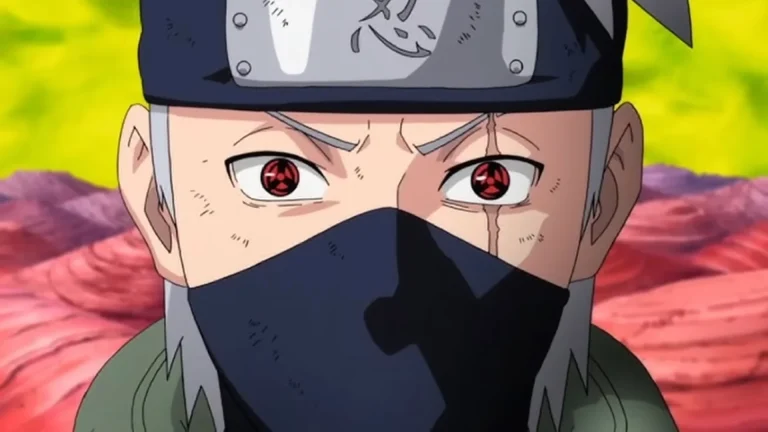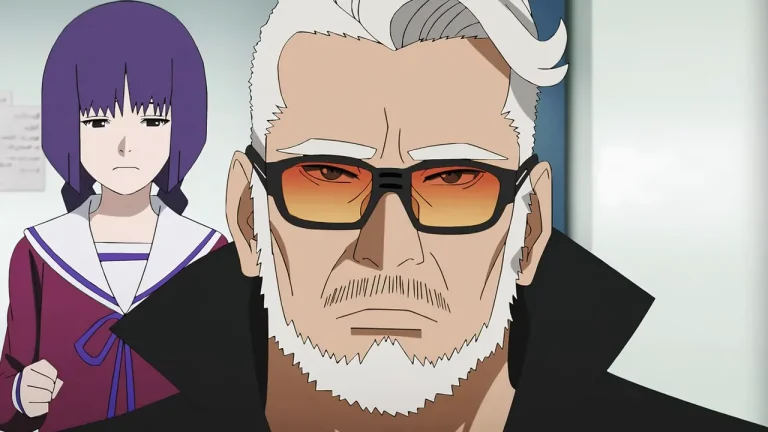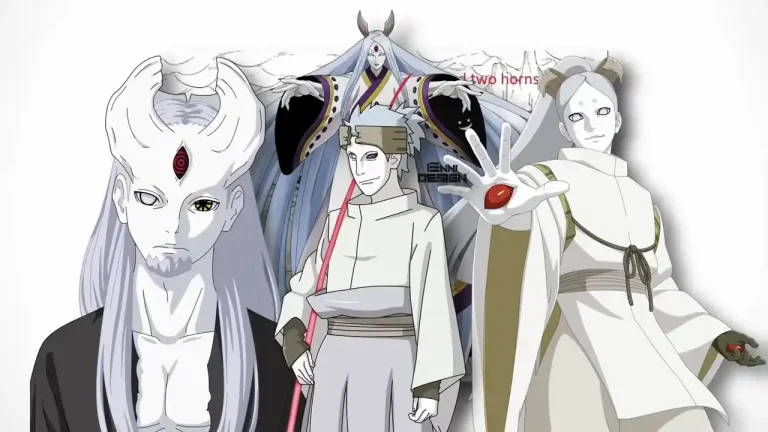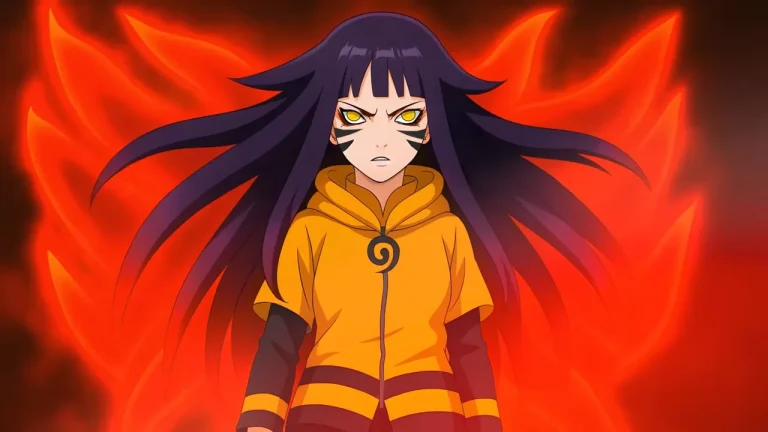Why Fights in Boruto: Two Blue Vortex Fall Flat and How They Can Improve
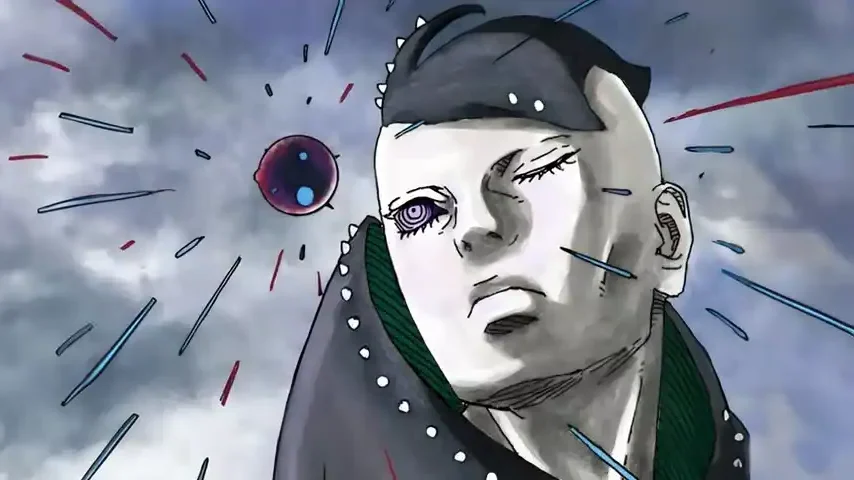
Let’s break down why the fights in Boruto: Two Blue Vortex often feel dull and fail to resonate with readers and viewers as much as they should. There are a few key reasons for this, and I’ll start with the first one, which was particularly evident in Boruto’s fight against Mitsuki.
In Chapter 6, the manga teased a showdown between Boruto and Mitsuki, sparking much interest since fans were eager to see friends face off. However, the outcome was predictable: Boruto stopped his sword at Mitsuki’s throat and resolved the conflict through dialogue. They lacked real tension at this moment because Boruto would never harm his friend. This undermines a core element of shonen battles, where the intrigue isn’t about whether the hero will win but how they’ll do it.

For comparison, look at Boruto’s fight with Code. It was apparent from the start that Boruto was stronger, making victory almost certain. But the real interest lay in how Boruto would defeat his opponent—how he’d use his techniques and strategy. This created the kind of suspense that kept readers hooked until the very end. In the case of Mitsuki, the fight could have been far more exciting if the sword-at-throat moment was just the beginning. Imagine if that scene led into a full battle, with Boruto trying to convince Mitsuki not to go to extremes, all while taking blows but refusing to give up. This would have allowed Mitsuki to realize his true feelings and choose not to kill his friend.
The second major issue with Boruto: Two Blue Vortex fights is their monotony. This is particularly evident in Chapters 11 and 12, where many techniques and moves are dull and predictable. For example, Jura’s Bijudama attacks are treated like simple kunai: they’re just thrown at the target, and then there’s an explosion. This simplistic use of a powerful technique is disappointing.
Contrast this with Deidara, who used his explosive clay with incredible creativity, crafting birds that could chase down targets, adding an element of surprise and strategy. Even Gaara’s sand, which seemed limited, was used to create explosive traps and other clever tricks. On the other hand, Jura uses his Bijudama without any creativity, sticking to straightforward, blunt attacks. But Bijudama is one of the most destructive weapons in the Naruto universe! Imagine how interesting it would be if they worked like heat-seeking missiles, chasing their target rather than just flying in a straight line. This would add an element of surprise and tension to the fight, forcing Boruto and his friends to devise new ways to defend or evade.
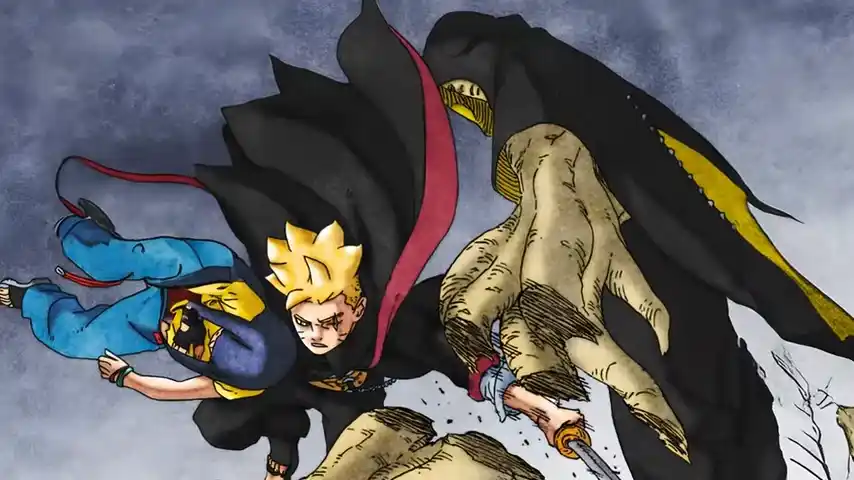
However, Boruto: Two Blue Vortex occasionally gets it right with its techniques. For example, the Hiraishin technique used by Boruto in the early chapters is a great example of the diverse and strategically smart use of a single ability. In Chapter 1, Hiraishin is a crucial plot element that grabs the reader’s attention and sets the tone for the story. In Chapter 4, it’s used as a means of transportation, and later in the chapter, it showcases Boruto’s incredible speed and maneuverability. This way, the same technique is explored from different angles, adding variety and interest to the narrative.
The third issue making the fights in Boruto: Two Blue Vortex boring is the lack of narrative significance. A prime example is Himawari’s fight against Jura, which has almost no impact on the main plot and feels like a waste of time. To determine whether a fight is plot-driven or just filler, you must ask whether this event brings the hero closer to their goal or pushes them further away. If it does, then the fight has meaning. If not, it’s just a spectacle, easily forgotten.
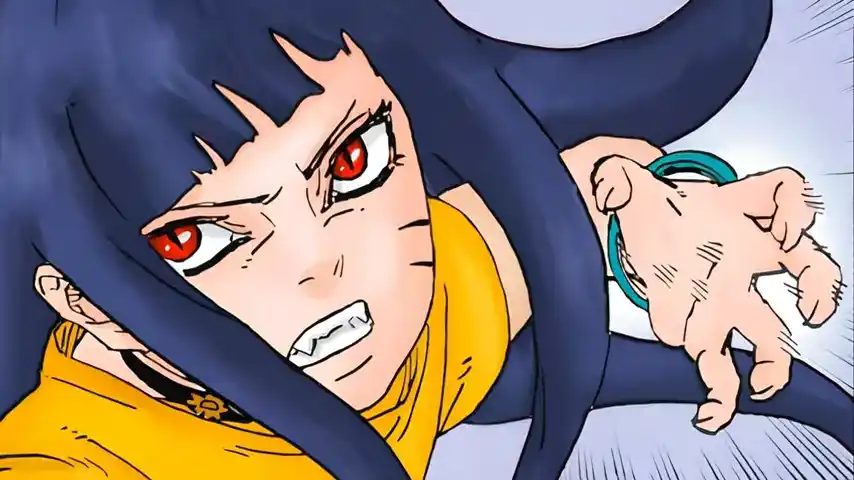
Boruto has two main goals: to fix Kawaki and gain recognition from Konoha’s people. However, the subplot with Jura doesn’t significantly affect either of these goals. It doesn’t bring Boruto closer to or further from his objectives. For comparison, think of Hinata’s fight against Pain in the original Naruto manga. This battle triggered Naruto’s Nine-Tails transformation and greatly impacted the story’s progression. Hinata’s fight with Pain was emotionally charged and a pivotal moment in the narrative that changed how Naruto was perceived as a hero.
To make Himawari’s fight with Jura meaningful to the plot, it could have been tied to Boruto’s goals, such as his quest to restore his reputation. Imagine how the fight dynamics would change if Himawari confessed that she wanted to help her brother, and then Boruto ruined his reputation in front of everyone. In this case, Himawari would be fighting for her life and her brother’s reputation. This would make the battle a physical confrontation and an emotionally significant event that would help Boruto move closer to his goal.
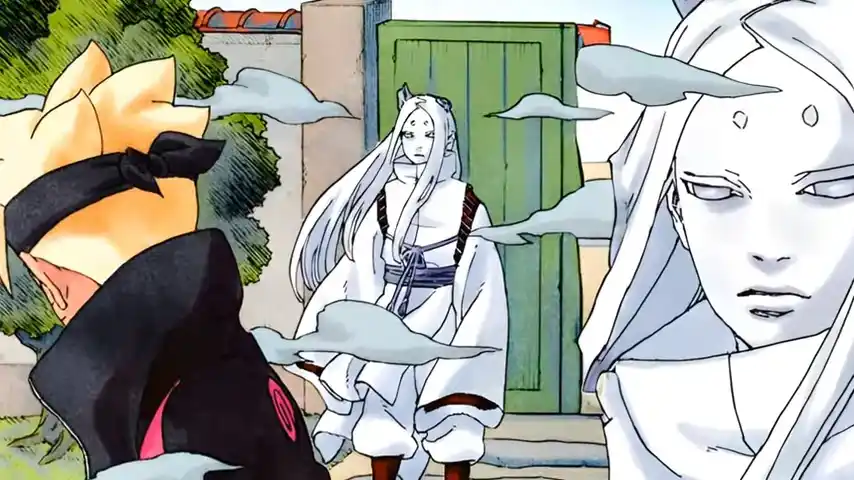
In conclusion, one of the reasons why the fights in Boruto: Two Blue Vortex are boring is the lack of compelling tension. In shonen anime and manga, viewers expect the main character to win eventually. However, it’s not just about that, but also how they achieve it. Without surprises and tough decisions, without risk and danger, the battles become ordinary skirmishes that are quickly forgotten. The second reason is the monotony of techniques and strategies. Even the most powerful abilities become boring if they’re used without creativity and variety. This applies to combat techniques and narrative choices that can make a fight more thrilling.
The third reason is the lack of narrative significance in the fights. If a battle doesn’t affect character development or the plot, it becomes a meaningless spectacle that leaves no lasting impression. It’s important that each fight not only shows physical confrontation but also reveals the characters’ inner conflicts, motivations, and emotions, pushing the story forward. So, to make the fights in Boruto: Two Blue Vortex interesting and exciting, all these aspects need attention. Hopefully, the manga and anime creators will take note of this and deliver truly captivating battles that will keep us on the edge of our seats until the very last page.
If you want to dive deeper into why the fights in Boruto: Two Blue Vortex feel less impactful compared to previous battles in Naruto, check out my other article where I discuss how character motivations and plot development shape battles. It also touches on Amado’s intricate plans and how they’re connected to Boruto and Kawaki’s ongoing struggle. By understanding these narrative choices, you’ll see why some fights stand out while others fall flat.


